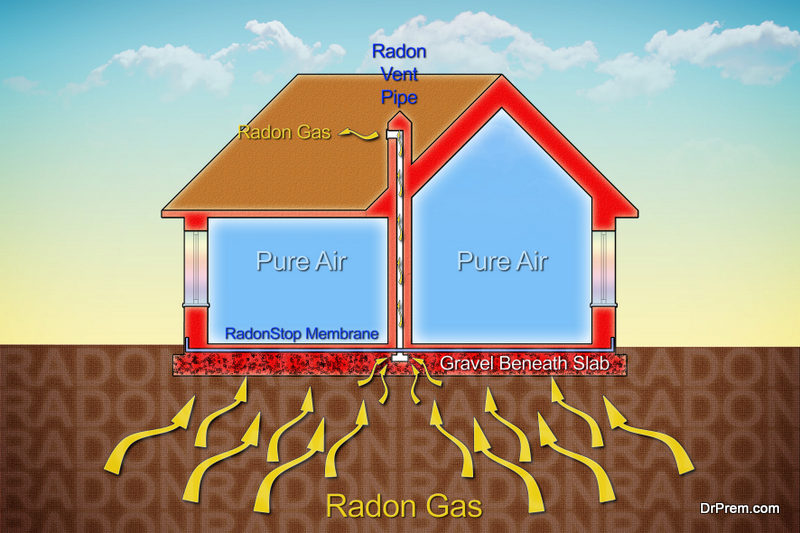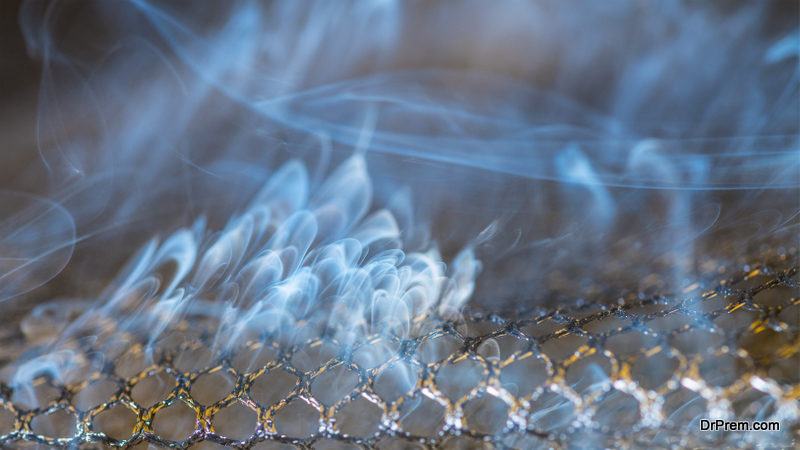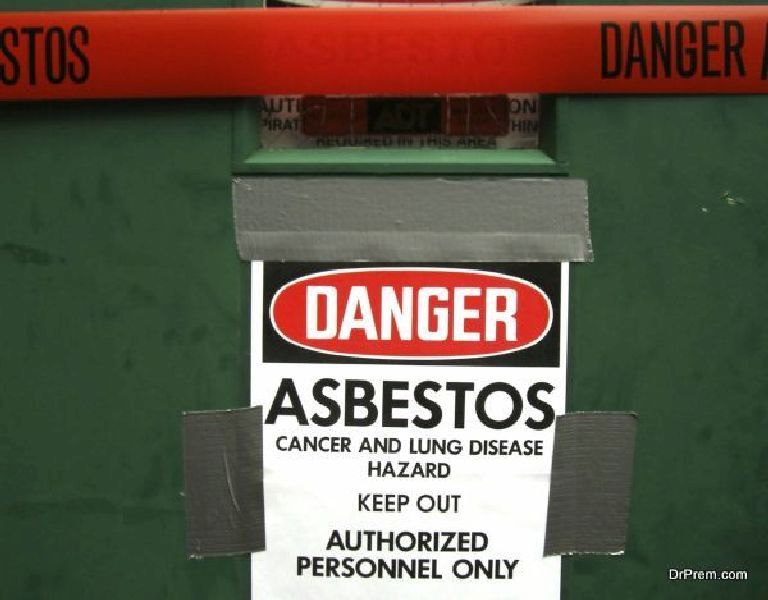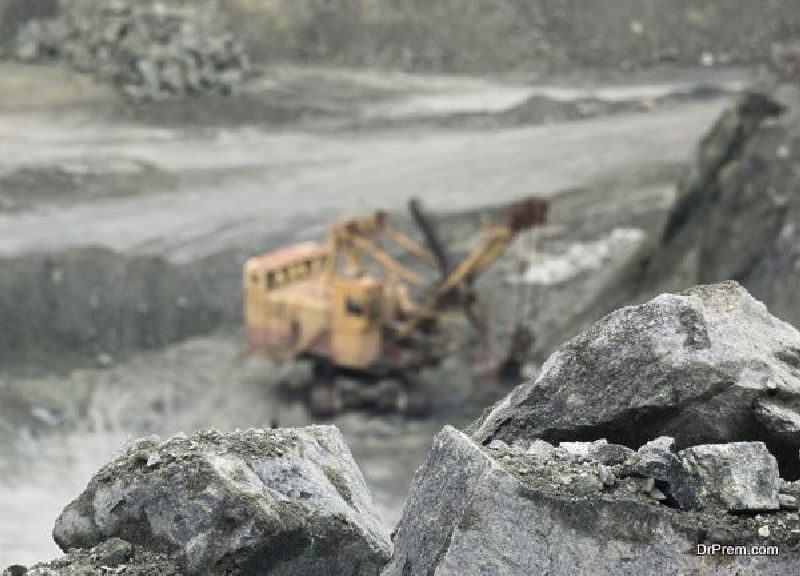We all want to remain as safe and as healthy as possible. Taking care of ourselves is important, and there are a lot of different ways we go about it. Some of us work on our diets, others try new exercise routines, and some focus on reducing stress. But sometimes these good habits aren’t enough. Unfortunately, there are some dangerous gasses out in the world that can cause harm to your health. And in many cases, these gasses are hard to detect. To help ensure you and your loved ones remain healthy and safe, here are 5 of the most dangerous things you might accidentally breathe in.
Radon
 First, we have radon gas. Radon is formed from decaying uranium within the soil, and it is commonly found in a lot of homes around the US, impacting around 1 in 15 households. When inhaled, this gas can lead to an increased chance of getting lung cancer. But the real problem with Radon is that it is hard to detect. Radon is both colorless and odorless, meaning you won’t even notice if it’s in your home. The best way to detect if there is radon in your household is by getting a certified testing kit, which you can get through your state’s radon office. If you do detect radon in your home, a radon mitigation system is very effective at eliminating the problem.
First, we have radon gas. Radon is formed from decaying uranium within the soil, and it is commonly found in a lot of homes around the US, impacting around 1 in 15 households. When inhaled, this gas can lead to an increased chance of getting lung cancer. But the real problem with Radon is that it is hard to detect. Radon is both colorless and odorless, meaning you won’t even notice if it’s in your home. The best way to detect if there is radon in your household is by getting a certified testing kit, which you can get through your state’s radon office. If you do detect radon in your home, a radon mitigation system is very effective at eliminating the problem.
Benzene
Next, we have benzene. Benzene is actually a liquid, but it evaporates quickly when it comes into contact with the air. Benzene is one of the most widely used chemicals in the United States. You can find it in things like plastic, lubricants, rubbers, and pesticides. In addition, benzene is found naturally in crude oil and gasoline, and in cigarette smoke. With all these different sources, it’s easy to see how one could become exposed to it. If you start to feel drowsy or dizzy, or experience headaches, tremors, or confusion after coming into contact with something that contains benzene, you should definitely seek medical attention.
Carbon Monoxide
 When people think of dangerous gasses within the home, the first thought is often carbon monoxide. And this is for good reason. Carbon monoxide is another colorless and odorless gas that is impossible to detect on your own. Worst of all, it can be created by common household items. Things like gas-fueled furnaces, gas ranges, wood stoves and electrical generators are all known to produce carbon monoxide. To combat this, you should always have good ventilation going on in your home whenever you use one of these appliances. You should also regularly check to make sure your carbon monoxide detector is working properly. And finally, according to Community Health 1st ER, an urgent care facility in Deer Park, “If you notice any symptoms involving a cough, the inability to breathe, chest pain, or sudden and excessive fatigue, you should seek immediate medical care.”
When people think of dangerous gasses within the home, the first thought is often carbon monoxide. And this is for good reason. Carbon monoxide is another colorless and odorless gas that is impossible to detect on your own. Worst of all, it can be created by common household items. Things like gas-fueled furnaces, gas ranges, wood stoves and electrical generators are all known to produce carbon monoxide. To combat this, you should always have good ventilation going on in your home whenever you use one of these appliances. You should also regularly check to make sure your carbon monoxide detector is working properly. And finally, according to Community Health 1st ER, an urgent care facility in Deer Park, “If you notice any symptoms involving a cough, the inability to breathe, chest pain, or sudden and excessive fatigue, you should seek immediate medical care.”
Formaldehyde
This is another common pollutant that you can find in the home. It’s typically found in wood products, such as particle board or plywood, or in things like countertops, wall paneling or other construction materials. The best way to remove formaldehyde from your home is to simply air it out. Install an air exchanged or heat exchanger to break up the gas concentrations. Another option is to use latex paint or vinyl wall coverings to block the release of the gas. Breathing in formaldehyde is bad for your health, so if you recently had some construction done with wood products, it’s a good idea to take some precautions.
Asbestos
 Finally, we have asbestos. This is also not a gas, but it’s easy to breathe in these tiny particles. Asbestos is commonly found in rocks and minerals. Manufacturers used these mineral fibers because they are resistant to heat, electricity, and chemicals. As such, many parts of your home may contain asbestos, such as the siding on your home, the insulation within the walls, or the shingles on your roof.
Finally, we have asbestos. This is also not a gas, but it’s easy to breathe in these tiny particles. Asbestos is commonly found in rocks and minerals. Manufacturers used these mineral fibers because they are resistant to heat, electricity, and chemicals. As such, many parts of your home may contain asbestos, such as the siding on your home, the insulation within the walls, or the shingles on your roof.
The fibers that form asbestos can separate easily, and when they do, it’s easy to breathe them in. Breathing these fibers in over a long period of time can lead to an increased chance of things like lung cancer and mesothelioma. However, this is one you probably don’t have to worry too much about. Asbestos is so common that most of us have been around it at some point. It’s only long-term inhalation that really causes an issue, and the government has been regulating the use of asbestos since the 1970s. If you’re really concerned, you can have your home inspected, but you probably have nothing to worry about.
By knowing the dangerous things you could accidently breathe in, you can take steps to prevent it. Hopefully this guide was able to shed some light on the subject, and you’ll be able to keep yourself healthy for a long time to come.
Article Submitted By Community Writer




